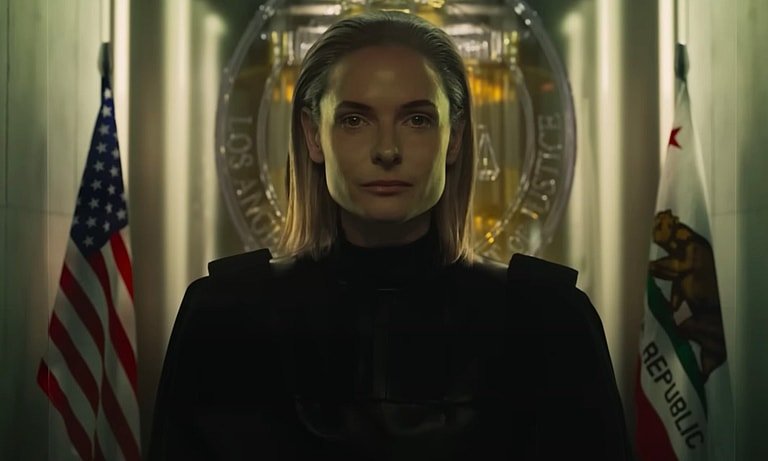Greyhound
/This weekend, a screenplay by Tom Hanks found its way not into theatres, but onto streaming services, with Apple TV+ having picked up exclusive rights. According to Hanks, those rights only came begrudgingly, as he lamented the inevitable loss in the overall quality of the experience in homes versus silver screen exhibition. Directed by Aaron Schneider, Greyhound is based on the United States’ participation in the Battle of the Atlantic in early 1942.
Hanks’ credits as both writer and actor for this film receive commensurate attention in the 8-second “micro-teaser” in advance of the trailer proper, with his character intoning “we’ll bring hell down from on high” amidst the action. The trailer begins properly with a combination of foreboding strings and claustrophobic synthesizers. Interestingly, the sound of a creaking ship is foregrounded at 0:23 to the extent that there’s a bit of a disconnect between the external shot on screen and the deeply intimate groaning and creaking in the soundscape. This is followed at 0:27 with what sounds like a raid siren, but again, the sound is manipulated, as if to remind the audioviewer, “yes, this is another WWII movie, but this is different from the rest—just you wait”.
At 0:30 the narrative reaches a second of anticipation as we surface and experience a moment of silence before exploding ships jolt us back into reality. 0:40 brings us the next segment of the trailer, with what sounds like a singing wine glass, but may as well be a synthesized tone—regardless, it provides an undercurrent of tension. This is quickly usurped by blaring bass-range synthesizers that call to mind the now-cliché Inception sound—much like many a modern monster-movie trailer before this one—as this conversation is interspersed with shots of warships at sea.
At 1:08 we hear another creaking sound, again with the sound dramatically manipulated or altered for maximum effect. This seems to be a relatively unique feature of this modern action/drama trailer—it subtly personifies the warships themselves as a central, living facet of the narrative, and steeps the audience in the feeling of living on one of these mechanical beasts. Coupled with the dark and stormy sea and the sonar imaging, the sonic references to monsters like the Kaiju of Pacific Rim or Godzilla in any of the recent features should be clear to the audience. At 1:17 we hear the nigh-patented “booj” sound proper, followed by a ticking clock, and then strings sliding upwards in a mildly terrifying arc at 1:30: It’s a cavalcade of one modern trailer music cliché after another, not that this is necessarily the wrong approach to take.
Although the trailer relies heavily on sound design, two aspects of its music are particularly worth noting, namely the variety of fairly original sounds mixed in with the familiar conventions presented and the lack of any discernible melody—it underscores a feeling of relentlessness and seriousness that fits both the emotional palette of the dialogue in addition to the ominous visual palette of greys and blacks predominantly on display.
Note at 1:50 (and throughout) how the gunfire is synchronized with the overall rhythm of the underscore; it’s subtle and not overdone, but present. What is possibly overdone, however, is the sheer variety of different sound effects smattered over every trailer scene—on the one hand, it produces a sense of excitement with the lack of surety as to what will happen next; on the other, it gives a sense of randomness at best and a lack of cohesion, or even the impression of carelessness, at worst. However, the sounds of creaking ships—or the reveal of Godzilla—do end the trailer, signalling an awareness of this sound as connecting the audioviewer with the idea that this is first and foremost a story about life (and death) on the sea, at war, in ships that are both monstrously huge and yet, given the circumstances, terrifyingly vulnerable.
Greyhound is out July 10th.
— Curtis Perry







